
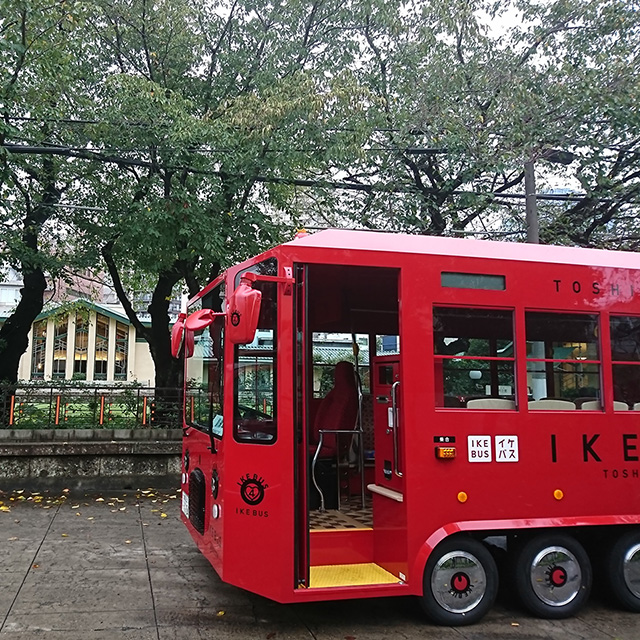
Enjoy Ikebukuro
Hotel Metropolitan, boasting an excellent location, just 3 minutes’ walk from Ikebukuro Station.
Make the most of your stay in Ikebukuro, which is jam-packed with attractions,
including experiences, food, shopping, and performing arts, as well as sightseeing.
- Example :
- Heritage
- Park
- Eat/Drink
- Museum
- Shopping
- Entertainment
- walk
Ikebukuro Event News
-
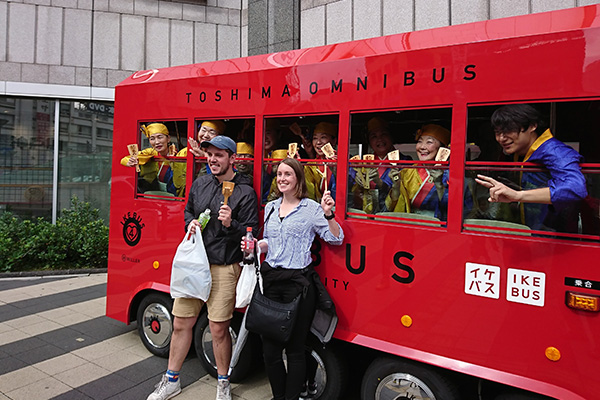
Walk
IKEBUS
These cute, bright red buses, are recognizable for the owl sitting on the roof. They look very cute and are popular with children. They were designed by multi award-winning industrial designer, Eiji Mitooka. The buses run at 20-minute intervals along two routes, A Route and B Route, stopping at major locations in both East and West Ikebukuro. Value-for-money one-day passes are available, making it a convenient option for moving around Ikebukuro.
(Ride from Ikebukuro Station West Exit(Center))
▶Click for details -
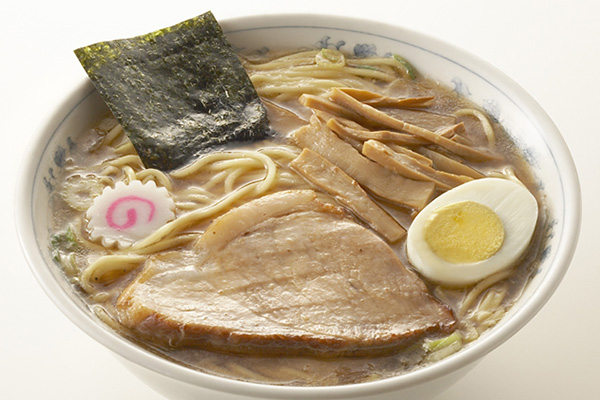
Eat/Drink
Ramen Shops
Ikebukuro has the most hotly contested ramen marketplace in Tokyo, to the extent that the district is almost synonymous with this famous noodle dish. Among the many ramen shops in the area, the 50-year-old Taishoken has become widely known throughout the whole of Japan. Taishoken’s Tokusei Morisoba, the origin of tsukemen, is exceptionally famous and is believed to have been invented by Kazuo Yamagishi of Taishoken in Higashi Ikebukuro. Other famous ramen shops include Moko Tanmen Nakamoto, Mensobo Mutekiya, and Bankara, where long lines of people queuing can often be seen outside their doors. Enjoy the flavors of the masters.
(Around Ikebukuro Station) -
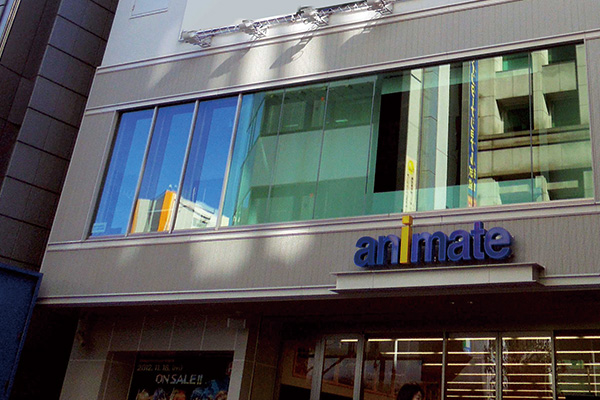
Entertainment
Animate Ikebukuro Flagship Store
It is home to the flagship store of Animate, Japan’s one of the largest total anime and comic shop, which has a chain of about 120 stores all over Japan. Animate sells merchandise related to anime, comics, and games, with many items exclusive to the Ikebukuro store. This specialist anime store is the go-to place for all your anime needs. It is widely loved, with anime fans from all over Japan, and indeed the world, making their way here. There are also many other anime-related shops in the vicinity of Otome Road, including cosplay stores, cafés, book shops, and merchandise shops.
(About 16 minutes on foot)
▶Click for details -
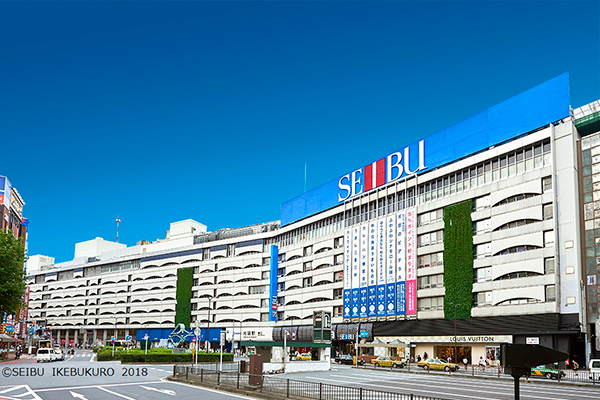
Shopping
Shopping complex
Seibu Ikebukuro, Tobu Department Store Ikebukuro, Lumine Ikebukuro, Esola Ikebukuro, Echika Ikebukuro, Wacca Ikebukuro, Ikebukuro Parco...There are many fashion malls and department stores in the vicinity of Hotel Metropolitan. With so many stores that require more than a day to see them all, Ikebukuro is always bustling with crowds of shoppers of both sexes, young and old.
(Around Ikebukuro Station) -
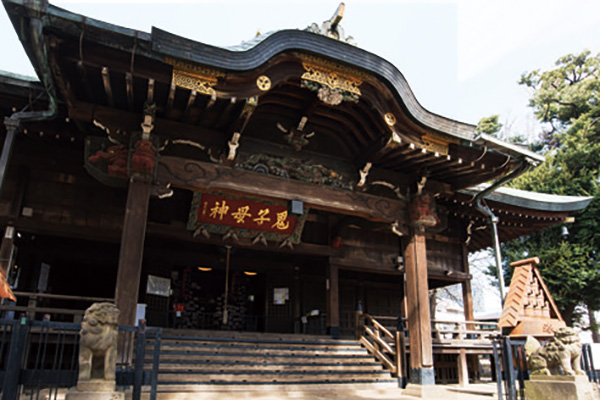
Heritage
Kishimojin
Kishimojin has attracted worshippers as the goddess of safe birth and child rearing since early in the Edo Period (1603-1868). Kishimojin Temple has been designated as an Important Cultural Property of Japan and is located in the premises of an enclave of Homyoji Temple. It has a long history of about 1,200 years since it was first established and about 700 years since it was renamed Ikosan Homyo-ji. The gingko trees in the temple grounds and the stretch of Japanese zelkova trees that lines the temple approach are designated Natural Monuments of Tokyo.
(About 12 minutes on foot) -
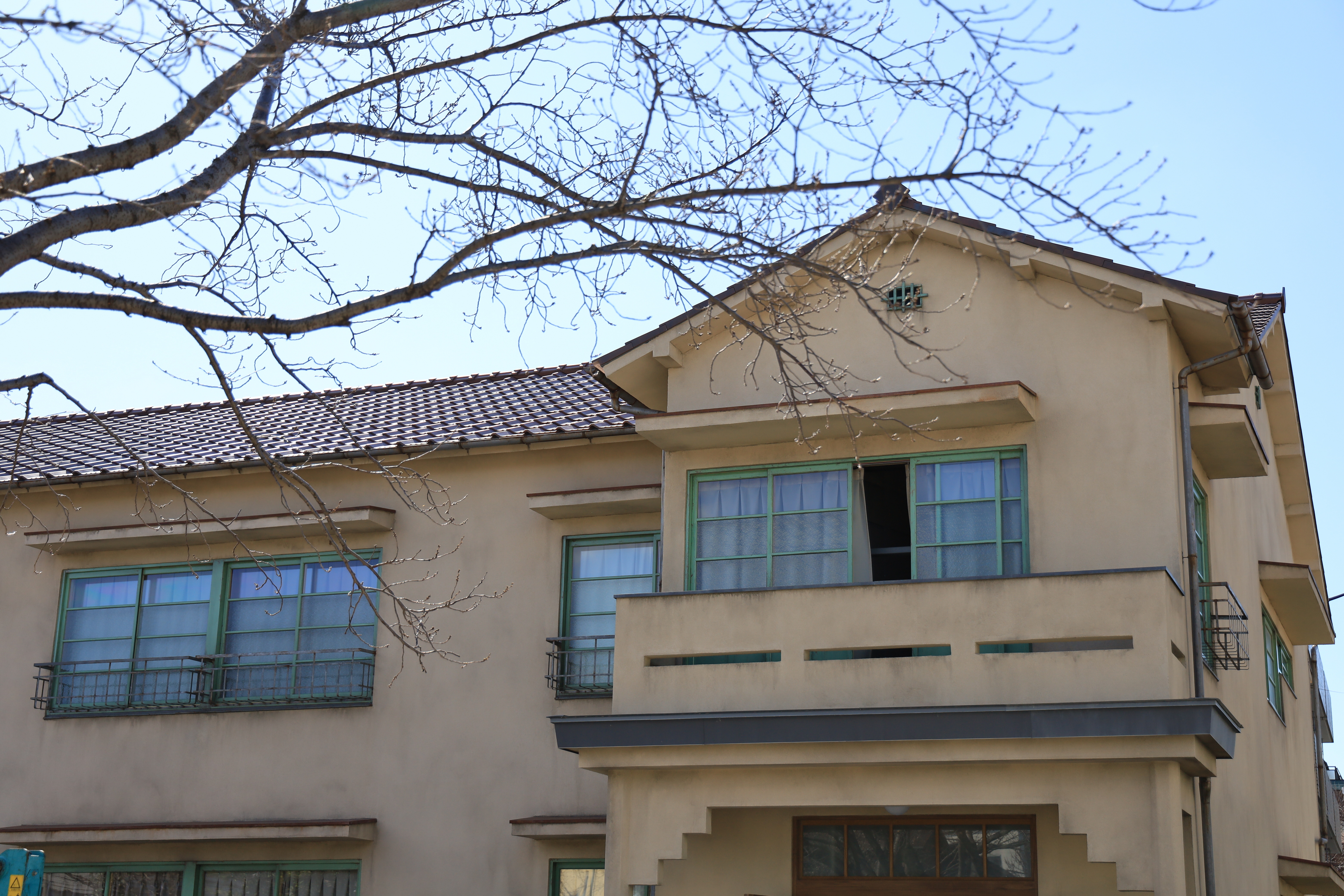
Museum
Tokiwa-so Manga Museum
Tokiwa-so was a two-story wooden apartment building built in December 1952 in what was then Shiinamachi 5-chome (now Minami-Nagasaki 3-chome) in Toshima-ku. Some of the Showa Era’s most representative manga artists lived there in their young, upcoming days. In 1982, the original Tokiwa-so had become dilapidated and so was torn down, but in 2020, it has been rebuilt as Tokiwa-so Manga Museum, a facility to communicate the culture of manga. The building’s exteriors, entrance hall, staircase, second-floor living quarters, and common kitchen have all been faithfully recreated. The first floor features a manga and materials reading corner and special exhibition room. The museum is a place that people of all ages, from small children to senior citizens, will be able to enjoy.
(About 15 minutes by train and walk from Ikebukuro Station)
▶Click for details -
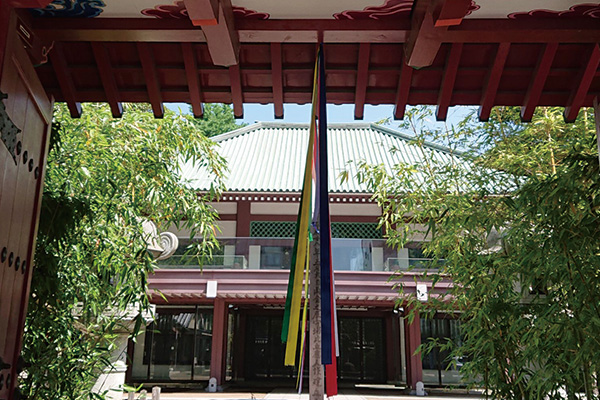
Heritage
Shounji
Shounji’s origins lie in a branch temple of Komagome Kichijoji Temple that was established in 1532. Shounji was established even before the Edo Period. In 1532, when the Kanto region was ruled by the Hojo clan from Odawara, a large temple was completed inside the grounds of Edo Castle (Wadakuramon Gate), the home of the powerful Edo clan, after taking 30 years to build. However, this temple, Shounji, was later relocated from the castle to Kanda at the order of Tokugawa Ieyasu, the shogun who was promoting the development of the town of Edo. It was forced to move two more times after that, first to Nippori and then to Hakusan, before finally settling at its present location in 1915. Throughout the centuries, it suffered through the city’s many widespread fires, which were known as the “flowers of Edo,” but recovered each time thanks to the assistance of various supporters.
(About 12 minutes on foot) -
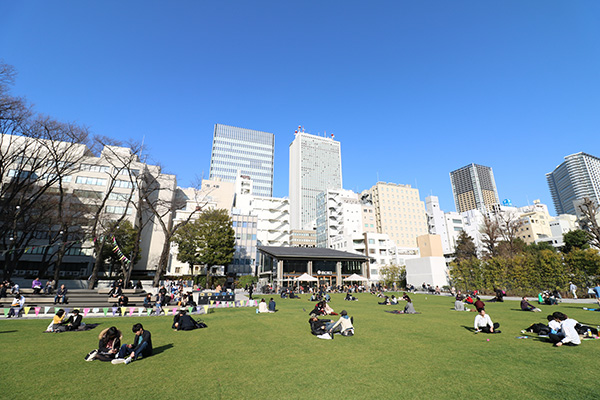
Park
Minami-Ikebukuro Park
An oasis in the middle of the metropolis. A park with expanses of green lawn. Read a book, eat your lunch, or just lie back and relax on the lawn. You can also relax over a cup of coffee at the stylish café-restaurant attached to the park.
(About 9 minutes on foot)
▶Click for details(*Select the language on the external site.) -
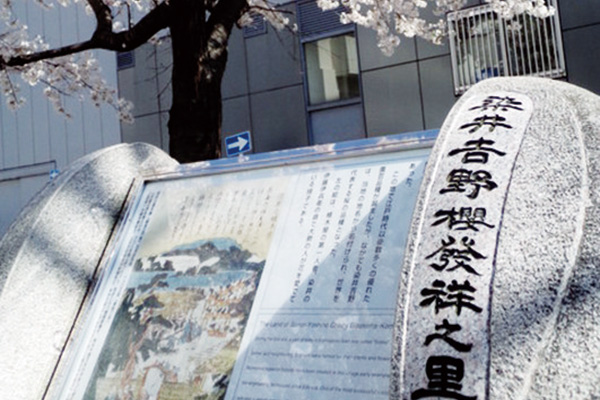
Walk
Komagome
The district of Komagome flourished in the Edo Period as a town of horticulture, with many gardeners living side-by-side along Somei-dori Street. Komagome is three stops from Ikebukuro on the JR Yamanote Line. The Somei-Yoshino variety of cherry blossom began in the Somei area and spread throughout the entire country. This is a recommended area for viewing beautiful Somei-Yoshino cherry blossoms during sakura season. The area surrounding Komagome Station is also ideal for taking a stroll around the Japanese garden, Rikugien, where you can enjoy the scenery of the four seasons, or the Former Furukawa Gardens, with its Western-style and Japanese-style garden and stylish Western-style building sitting on the small hill.
(About 7 minutes by train from Ikebukuro Station to Komagome Station) -
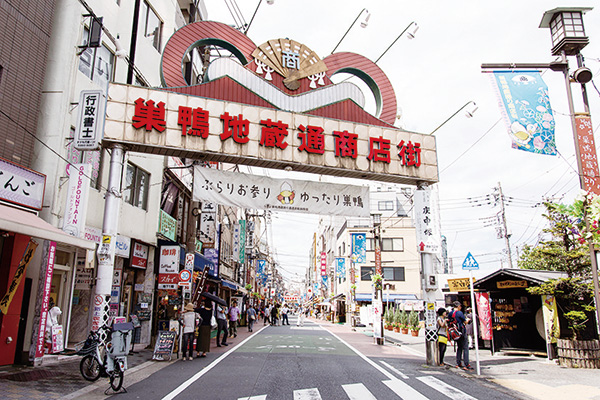
Walk
Sugamo
Sugamo, just two stops from Ikebukuro on the JR Yamanote Line, is famous for the Sugamo Jizo Shopping Street, which is popular with Tokyo’s senior citizens. Banchozan Koganji, a Buddhist temple of the Soto school, is famous for the Arai-Kannon, a statue of the Kannon that people pray to while washing or wiping with a wet cloth that part of the statue that corresponds to the part of their body that they want to heal. It is affectionately known as Togenuki Jizo (Thorn-Pulling Bodhisattva), and many people visit the temple to pray for all manner of thorns to be pulled. The main worship hall is a registered Tangible Cultural Property of Japan. The surrounding area is lined with lively shops, including zakka shops, boutiques, and restaurants and bars. With many shops perfect for snacking while walking and buying souvenirs, just walking and looking is a fun way to enjoy the area.
(About 5 minutes by train from Ikebukuro Station to Sugamo Station) -
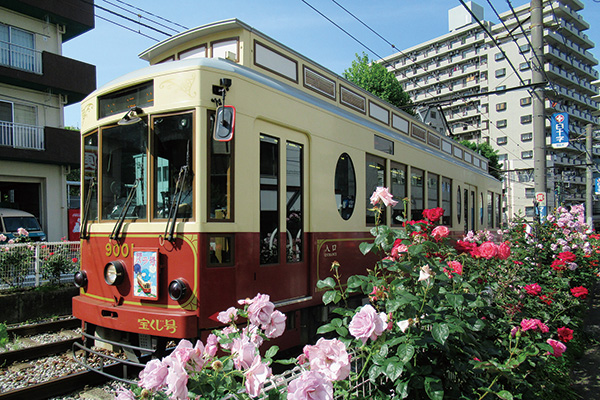
Walk
Otsuka
The next station on from Ikebukuro, Otsuka is a profound town where old-time streetscapes and trams exist side-by-side with modern shops. The Tokyo Toden is the only tram line to remain in Tokyo, running between the Waseda and Minowabashi stops. In 1943, the Toden system boasted 41 routes, but this number gradually declined with the development of other forms of transport, until today, only the Toden Arakawa Line remains. As well as being a favorite of Toden fans, the tram is a well-established mode of transport for locals, and continues to be well loved. In Otsuka, after lunch at a stylish restaurant, you can catch a tram and enjoy the view along the route, before returning for a drink at an old-style bar.
(About 3 minutes by train from Ikebukuro Station to Otsuka Station) -
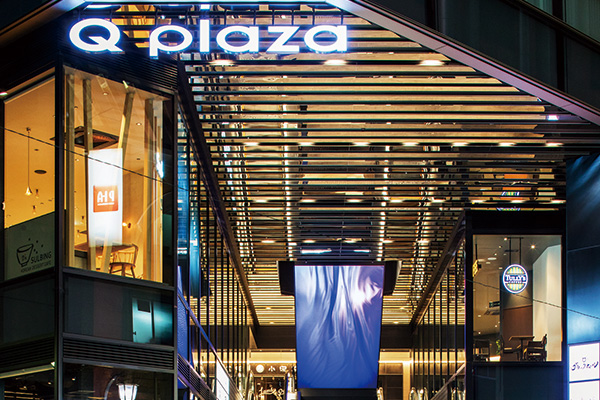
Entertainment
Amusement facilities
The Ikebukuro area has plenty of amusement facilities to enjoy, such as movie cinemas, game centers, anime and game complexes, batting centers, indoor sports facilities, billiard halls, and darts halls. Here, you can enjoy a fun and exciting time with your family or friends.
(Around Ikebukuro Station) -
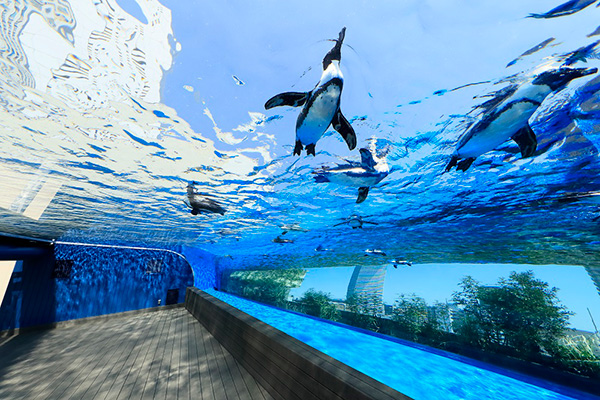
Entertainment
Sunshine Aquarium
Sunshine Aquarium has been much loved since it opened in October 1978 as Japan’s first urban aquarium. It was later renovated and re-opened with the concept of “Oasis in the Sky,” and continues to evolve. A particularly must-see attraction is the world-first “Penguins in the Sky” exhibit. Watching the penguins frolic and swim above people’s heads, in an instant, you will forget that you are in the middle of Tokyo.
The exhibits, events, and performances follow three different themes of Outdoor Marine Garden - Sky Journey, Waterfront Journey, and Ocean Journey, making the aquarium the perfect day out for the family.
(About 8 minutes by train and walk from Ikebukuro Station)
▶Click for details -
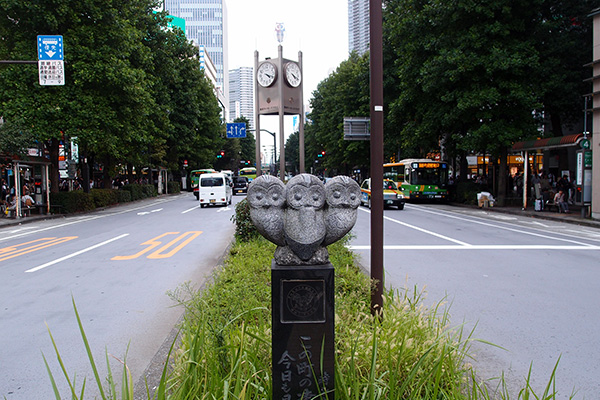
Heritage
Owl
To commemorate the 70th anniversary of the incorporation of the City of Toshima, where Ikebukuro is located, a group called Fukuro no Ki wo Tsukuru Kai has set itself the goal of making 48 owl sculptures, designed by young artists from all over the world. So far, the group has installed 32 of these monuments and sculptures in Ikebukuro. Enjoy exploring the town, why not pretend it’s a treasure hunt and go out in search of these owl sculptures? The Japanese word for owl, fukuro, can also be written with very auspicious characters meaning “no hardship,” so owls have long been loved as lucky charms. The owl is held up in Ikebukuro as the symbol of the town, and you can see images of owls all over the station and in the streets. The closest one is right in front of the Hotel Metropolitan.
(About 30 seconds on foot) -
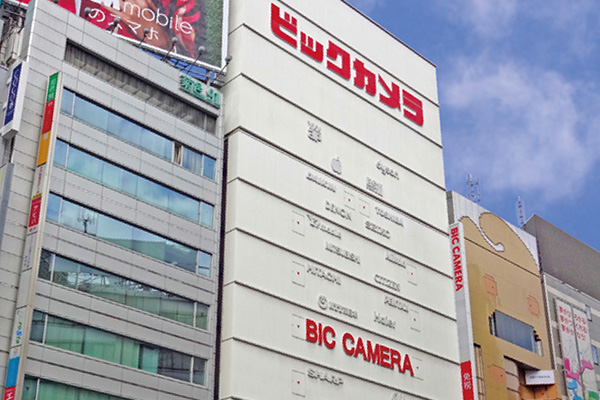
Shopping
Electronics retail store
Ikebukuro is also known as one of Tokyo’s hotly contested battlegrounds for electrical appliances, with many large appliance retailers crowded into the district. The connection between Ikebukuro and the appliance retailers is a strong one, with one of Japan’s leading retailers, Bic Camera, locating its headquarters here. There are five Bic Camera stores near the station’s East and West Exits, and Yamada Denki also has two stores, including an outlet store. Both of these retailers are famous for having stores that you would never be bored in, even if you were there for the whole day, so you can enjoy shopping to your heart’s content.
(Around Ikebukuro Station) -
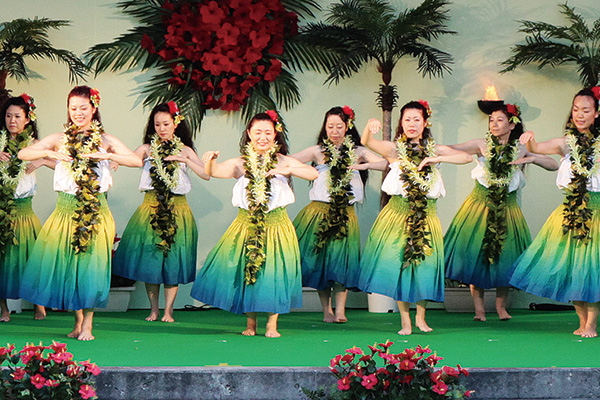
Entertainment
Festivals
There are many festivals and events held in Ikebukuro of which the residents of Toshima-ku are very proud. The Fukuro Matsuri, or Owl Festival (September-October), began in 1968, led by four local shopping districts on the west side of Ikebukuro Station. Tokyo Hula Festa in Ikebukuro (July), offers full enjoyment of the world of Hawaii. It was begun by the Ikebukuro West Gate Shopping Street Federation. In May, the Ikebukuro Jazz Festival floods the streets of Ikebukuro with the sounds of jazz music. Live jazz performances are held at various outdoor locations, including Ikebukuro West Gate Park, Nishi Ichibangai, and the front of Tower Grandia. The opportunity to enjoy it all over the town of Ikebukuro is a characteristic of this festival.
(Around Ikebukuro Station) -
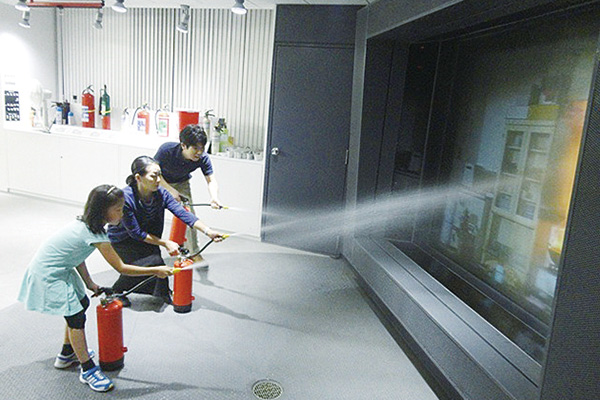
Entertainment
Ikebukuro Bosaikan
“If you are prepared, there is no need to worry” is a well-known Japanese proverb. Ikebukuro Bosaikan, or Life Safety Learning Center, is a facility where you can have fun while experiencing simulated emergencies and learn the correct knowledge for preparing for disasters. The basic training tour, which runs three times a day, includes the three courses of earthquake simulation, fire extinguisher, and escaping from smoke, as well as a choice between a short movie or animation and a first aid lesson. The four courses together take about an hour and forty minutes to complete. The Center also offers a Short Course and Night Course. If you want to try this experience, don’t forget to book.
(About 2 minutes on foot)
▶Click for details -
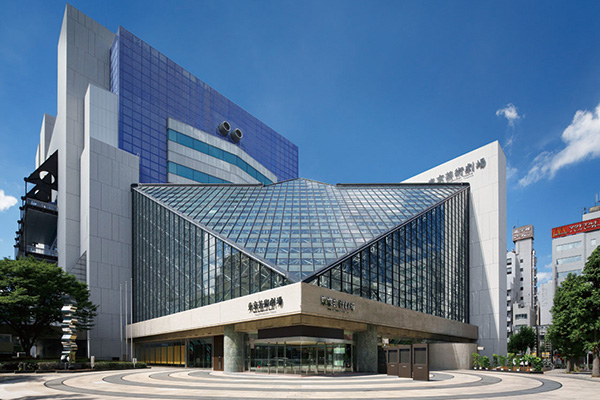
Entertainment
Tokyo Metropolitan Theater
Home to one of the world’s largest pipe organs, the Tokyo Metropolitan Theater is a general performing arts facility that opened in 1990. It is used for all manner of performing arts, particularly plays, dance, classical and opera concerts, and ballet. Directly accessible from Ikebukuro Station, its unique exterior, standing imposingly next to Ikebukuro West Gate Park, captivates visitors. The Theater’s interiors are very spacious and there is also a café and shop, making its chic spaces a delightful place to visit and relax for reasons other than taking in a performance.
(About 3 minutes on foot)
▶Click for details(*Select the language on the external site.) -
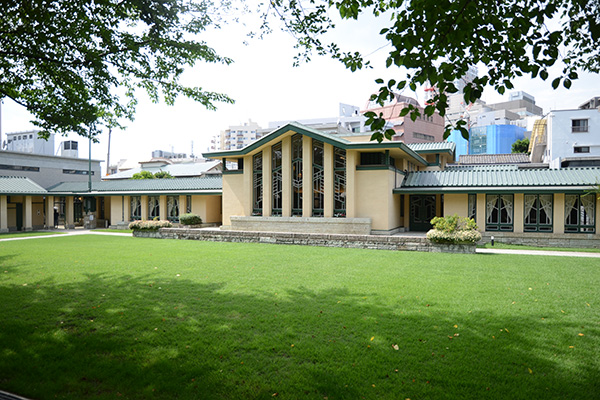
Heritage
Jiyugakuen Myonichikan
Jiyugakuen Myonichikan was designed by Frank Lloyd Wright, one of the 20th century’s leading architects and a man who has been described as one of the three greatest masters of modern architecture. It was designated as an Important Cultural Property of Japan in 1997. The green lawn out front of the building and its green roof create an exotic air, while the interior spaces are a display of the magic of Frank Lloyd Wright, “the magician of space design,” in which the view changes each time you move even a little. Spending some relaxing, quiet time in this superb space could be a stylish thing to do.
(About 4 minutes on foot) -
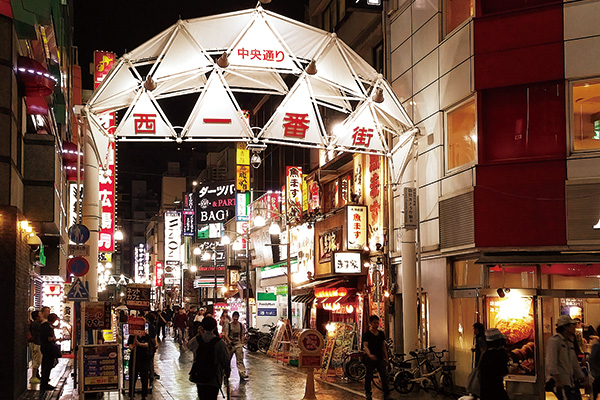
Eat/Drink
Izakaya Shops
As a night spot, Ikebukuro has many izakaya, Japanese-style pubs. You can enjoy Japanese sake labels from all over the country together with dishes such as yakitori and tempura at many establishments. Reasonably priced establishments, high-class establishments, places where you can savor the atmosphere of traditional Japan, restaurants that serve delicious sashimi - with so many different places of all manner of genres you are sure to find one to suit your purposes and preferences.
(Around Ikebukuro Station) -
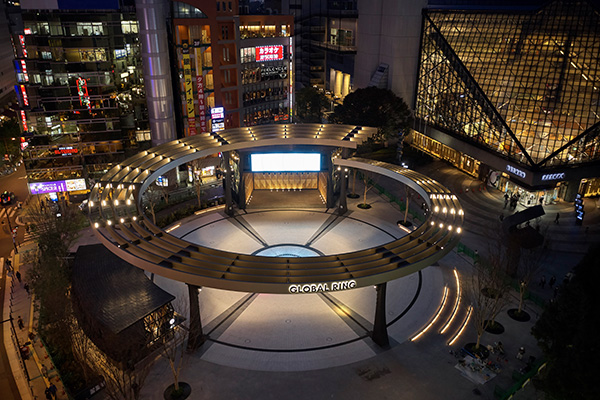
Park
Ikebukuro Nishiguchi Park
Ikebukuro Nishiguchi Park is an outdoor theater for classical music concerts, dances and plays. The large vision above it was reopened on November 16, 2019, with a stylish cafe symbolic "Global Ring" equipped with information functions.
▶Click for details(*Select the language on the external site.)
